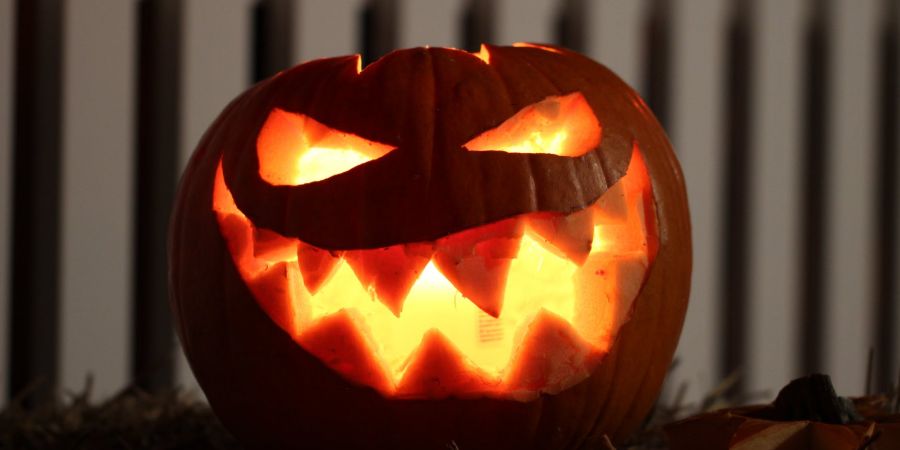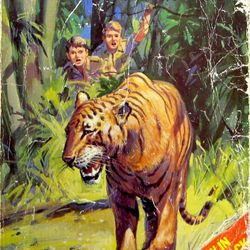

Halloween is a popular celebration, celebrated in Autumn in the northern hemisphere and spring in the southern hemisphere. Wearing scary costumes, carving pumpkins, trick-or-treating and Halloween-themed decorating are all fun traditions partaken on the day. But, how did Halloween came to life? When did this kind of celebration start?
The custom of celebrating Halloween started back in the days when the ancient Celts were roaming Britain and other areas in Europe. It was first known as Samhain (meaning 'Summer's End') and was celebrated at the end of the summer, a time of year when the Celts believed that the line between the real world and the world of ghosts and spirits got significantly thinner. When this happened, the ancient Celts thought that the creatures of the other world, which possessed all sorts of strange powers, had the chance to walk into our world. The Celt's would blacken their faces and dress up in white costumes to trick their dead ancestors into thinking they were also spirits, allowing them some level of safety on the night when the dead returned.
From the Celts, the holiday passed to the Christians, bearing the name of All Hallows' Eve, which was the day celebrated before the 1st of November, before All Saints' Day. Even though the ancient Celtic holiday got governed by a different religion, the power of spirits still existed in people's minds and they were both respected and feared. In order to protect themselves and their livestock and gain benevolence from the spirits, people used to offer them food, drink, and even portions of their crops. It was believed that the spirits of people that passed away returned to their homes, in search of hospitality so extra places were set at the table and by the fire, making the spirits feel welcome once they returned.
The carved pumpkin became a symbol of Halloween, although it wasn't the first vegetable used during this celebration - in Scotland and Ireland turnips were carved. The North American immigrants introduced the pumpkin as it was much larger, softer and generally easier to carve figures and lanterns. The first recordings of pumpkin carvings in America date back to 1973 and it was initially associated with the period of the harvest and not with Halloween. The first association between Halloween and the carved pumpkin happened during the 19th century.
Another favourite Halloween custom 'trick-or-treating' began in the Middle Ages where both children and adults would dress up and go begging door to door for food in exchange for songs and prayers. A popular song they would use is:
A soul! a soul! a soul-cake!
Please good Missis, a soul-cake!
An apple, a pear, a plum, or a cherry,
Any good thing to make us all merry.
One for Peter, two for Paul
Three for Him who made us all.
The 'trick' part of trick-or-treating began when children, who were dressed in disguise, saw an opportunity to extort money and treats through fear of reprise. But, as one newspaper reported in 1927, the acts were nothing more than 'strenuous fun' with just a few missing wagon wheels and barrels which were later recovered in the streets outside.
Today, Halloween is celebrated in many places around the world. Children still dress as ghosts and spirits but Halloween costumes can now be anything from super heroes to fairies - it's more about the dressing up and less about spirits crossing over. Many traditions have remained however, including the carving of the Halloween pumpkin, decorating and trick-or-treating for sweets.




